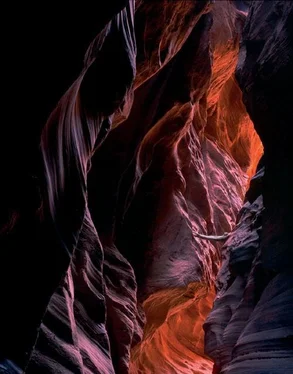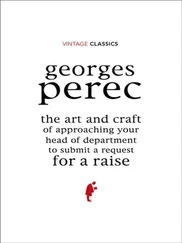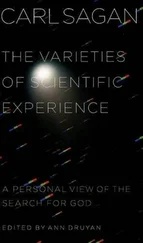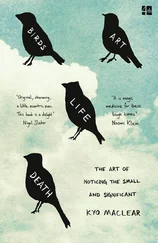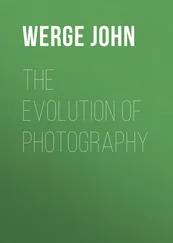Bruce Barnbaum - The Art of Photography - An Approach to Personal Expression
Здесь есть возможность читать онлайн «Bruce Barnbaum - The Art of Photography - An Approach to Personal Expression» весь текст электронной книги совершенно бесплатно (целиком полную версию без сокращений). В некоторых случаях можно слушать аудио, скачать через торрент в формате fb2 и присутствует краткое содержание. Жанр: Старинная литература, на английском языке. Описание произведения, (предисловие) а так же отзывы посетителей доступны на портале библиотеки ЛибКат.
- Название:The Art of Photography: An Approach to Personal Expression
- Автор:
- Жанр:
- Год:неизвестен
- ISBN:нет данных
- Рейтинг книги:5 / 5. Голосов: 1
-
Избранное:Добавить в избранное
- Отзывы:
-
Ваша оценка:
- 100
- 1
- 2
- 3
- 4
- 5
The Art of Photography: An Approach to Personal Expression: краткое содержание, описание и аннотация
Предлагаем к чтению аннотацию, описание, краткое содержание или предисловие (зависит от того, что написал сам автор книги «The Art of Photography: An Approach to Personal Expression»). Если вы не нашли необходимую информацию о книге — напишите в комментариях, мы постараемся отыскать её.
The Art of Photography: An Approach to Personal Expression — читать онлайн бесплатно полную книгу (весь текст) целиком
Ниже представлен текст книги, разбитый по страницам. Система сохранения места последней прочитанной страницы, позволяет с удобством читать онлайн бесплатно книгу «The Art of Photography: An Approach to Personal Expression», без необходимости каждый раз заново искать на чём Вы остановились. Поставьте закладку, и сможете в любой момент перейти на страницу, на которой закончили чтение.
Интервал:
Закладка:
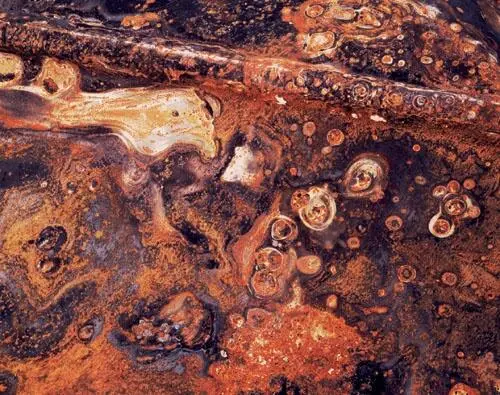
The devastating Agoura-Malibu and Mandeville Canyon fires occurred on the same day in 1978, burning 30,000 acres in 24 hours. In the Mandeville Canyon fire area, an old, corroded metal shed, now burnt, had amazing colors. Despite looking like a Hubble Telescope cosmic photograph, it’s just junk on the ground.
Figure 6-1. Burnt, Corroded Metal
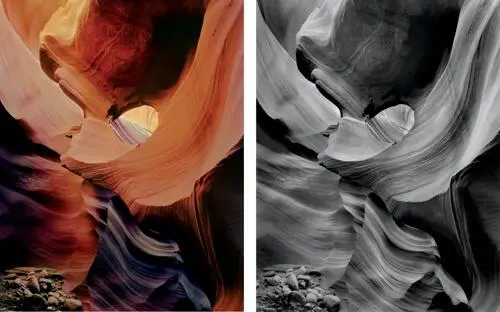
This is one of the few photographs I have successfully made in both color and black-and-white. After exposing the black-and-white negative, I noticed overtones of colors that were barely visible to the eye—in particular, the blue-purple tinges that are reflections of skylight off the canyon walls. Realizing that color film could materially enhance those colors, I exposed a single transparency as an experiment. It worked. The two images, though compositionally identical, carry very different messages.
Figure 6-2. The Keyhole, Lower Antelope Canyon
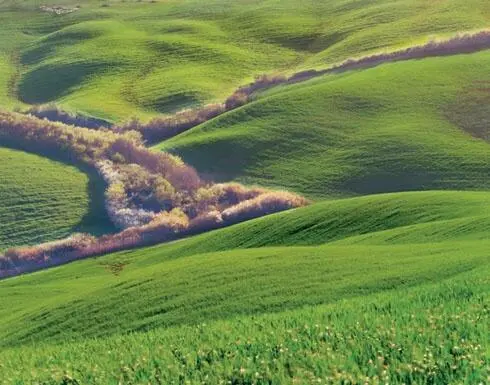
The green color is almost monochrome, but necessary because of its emerald-like intensity (step aside, Ireland!). The riparian foliage creates an interesting shape, providing the compositional interest. The sheep flock in the upper left adds an unexpected surprise.
Figure 6-3. Sheep Flock, Tuscany
I base my choice of black-and-white or color primarily on the importance—or the lack of importance—of color in the photograph. I feel that for a color photograph to be successful, color itself must be a central element. There must be something compelling about the colors, about the relationships among the colors, about the intensities of the colors, and about their placement within the scene that makes them essential to the photograph. On the other hand, if color is merely present in the scene— as it always is —without lending needed support, and if it can be eliminated without losing the compositional essence of the image, then my choice is black-and-white. This does not mean that the color has to be intense or brilliant for it to be important—it can, in fact, be subdued or nearly monochrome— but it must be important! (Figure 6-3.) Sometimes the compositional elements of black-and-white are so compelling that the presence of color actually detracts from them, in which case I also choose black-and-white.

Can you tell what the subject matter is? This is an example of an abstract color photograph in which the colors can be anything you want them to be, similar to Figure 6-1.
Figure 6-4. In the Cabinet
Note
I have to make a candid admission: if my mindset is to look more intently for either color or black-and-white, I tend to overlook strong possibilities of the other without even being aware of it. In other words, if I’m thinking in terms of black-and-white, I may pass up a good color composition simply because I’m “thinking black-and-white”. Conversely, if I’m somewhat fixated on color, I may pass up a good black-and-white opportunity. To put it another way, I find what I’m looking for and completely miss what I’m not seeking. While this may not be surprising, it helps illuminate just how narrowly the human mind can focus. This, of course, is the subject matter for a Ph. D. dissertation, not a discussion here, but it may be worth thinking about when you’re in the field doing your own work.
In years past, I looked upon color primarily as a medium of beauty, and black-and-white as a medium of drama. There was always a degree of overlap in my mind, for I have seen plenty of dramatic color photographs and beautiful black-and-white photographs. I won’t attempt to define either beauty or drama—it’s always been basically a gut feeling for me—and your own definitions will suit you better than mine. My perceptions of drama in black-and-white or beauty in color were simply generalizations that I found to be true in a majority of cases.
I no longer maintain that dichotomy of thinking about the two media. I have come to more fully understand the control that can be exercised over color, especially with today’s extraordinary digital controls. That, combined with the enormous emotional changes wrought by even subtle variations of color, has changed my attitude.
Yet it should also be recognized that the degree of control acceptable in color is probably not as great as in black-and-white because color is one step closer to reality and cannot be altered as easily. When dealing with realistic images such as human skin, the sky, foliage, etc., there can be wide variation in black-and-white, but these types of subject matter must be rendered within narrow limits in color or they simply appear “off”. In some cases, “off-colors” create a tension or imbalance that can have a profound emotional impact, but these effects must be used with great care so as not to be perceived simply as bad color.
Pure color abstraction, on the other hand, allows any variation from realistic colors. When you’re in the realm of pure abstraction, who cares if the greens are pink or the blues are orange (Figure 6-4)? Here we are dealing with color as an element of composition alone, and the only considerations are the relationships, intensities, and balances of colors. (See Chapter 15 for more thoughts on abstraction and art.)
The Color Wheel and Color Sphere
Let’s begin the study of color composition with some basic definitions. Colors can be grouped into families by the color wheel, a circle on which the three primary pigment colors are separated by 120 degrees. (There are other primary colors based on light rather than pigment, but a discussion of them is unnecessary for our purposes here. Most people understand pigments better than light, and that will serve our purposes quite effectively.)
Between each primary is the color created by mixing the adjacent primaries. A “color family” is any set of colors on the circle within a pie-shaped wedge cut from it. Colors opposite those in the wedge are simply called “color opposites”.
Understanding the color wheel helps you decide which filter to use when exposing a black-and-white negative (Chapter 7). It will also be a great help as you decide how to alter color balance for the effect you want in a color photograph (Chapter 10). Together with the color sphere, as shown here, the color wheel will help you understand how the use of related or opposite colors can create mood and emotion in your images.
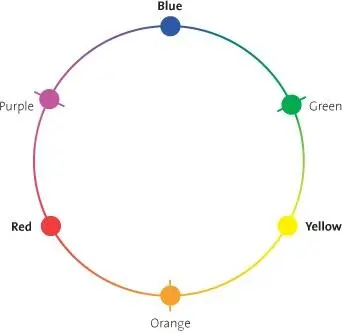
Figure 6-5. The Color Wheel
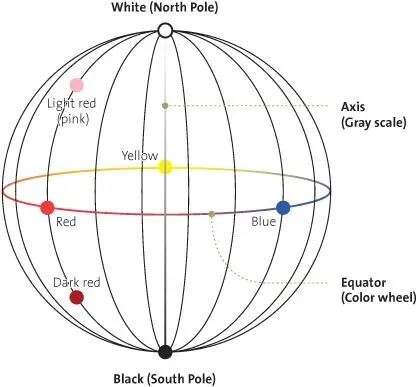
Figure 6-6. The Color Sphere
So, let’s expand the concept of the color wheel to that of the color sphere. The color sphere is a sphere like the earth with the color wheel as its equator. The north pole is pure white and the south pole is pure black, while the axis between the poles is the gray scale from black to white. As you move along the surface of the sphere from any color on the equator northward to the pole (along a longitude line, as the case may be), the color becomes progressively lighter until it merges with pure white at the pole. Moving southward, it grows progressively darker until it merges with black at the south pole. As you travel from any point on the surface, where colors are most saturated (pure hue), directly inward toward the axis (at the same latitude) the color becomes progressively less saturated, “grayer,” and colorless until it becomes its own gray tonal equivalent at the axis. It should be apparent that the color sphere contains all colors and tones on its surface or within its interior.
Читать дальшеИнтервал:
Закладка:
Похожие книги на «The Art of Photography: An Approach to Personal Expression»
Представляем Вашему вниманию похожие книги на «The Art of Photography: An Approach to Personal Expression» списком для выбора. Мы отобрали схожую по названию и смыслу литературу в надежде предоставить читателям больше вариантов отыскать новые, интересные, ещё непрочитанные произведения.
Обсуждение, отзывы о книге «The Art of Photography: An Approach to Personal Expression» и просто собственные мнения читателей. Оставьте ваши комментарии, напишите, что Вы думаете о произведении, его смысле или главных героях. Укажите что конкретно понравилось, а что нет, и почему Вы так считаете.
